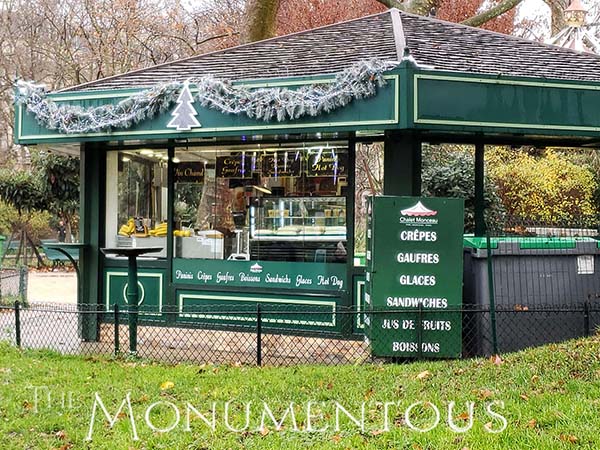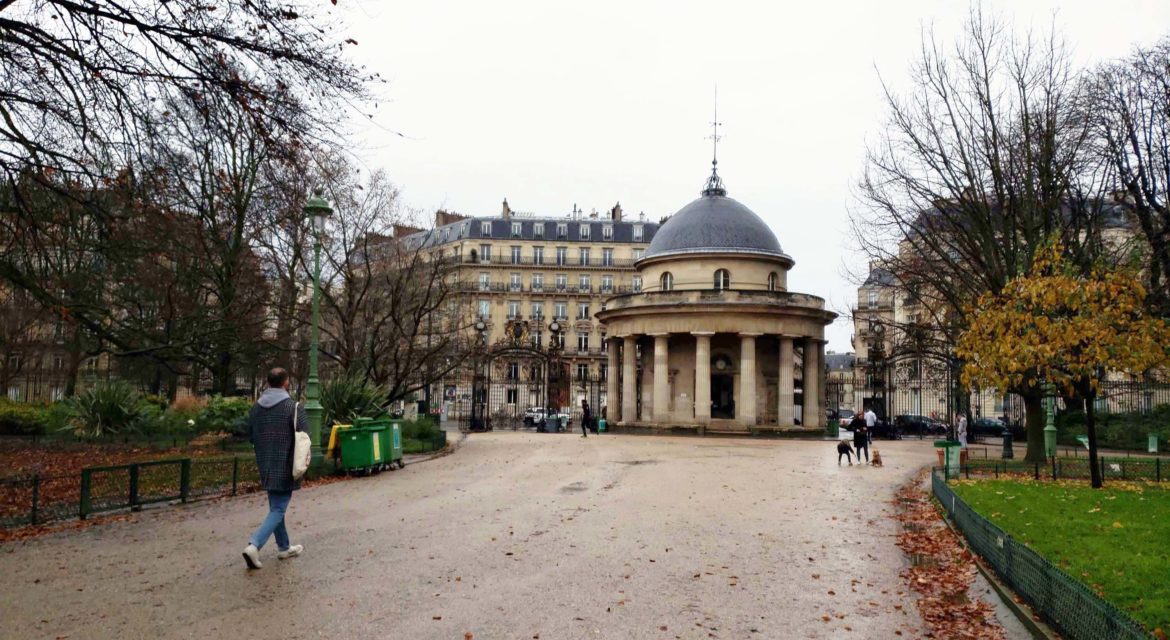 Parc Monceau is an especially unique public park set in the 8th arrondissement of Paris, France. Covering an area of 8.2 hectares, the park is not as large as some other parks or famous as many of the ones in Paris or France, but its unique history and features have enabled it to become a favorite spot for residents and one that attracts visitors for a variety of reasons. In doing so, it has had a notable impact on the culture and economy of the area and all of Paris.
Parc Monceau is an especially unique public park set in the 8th arrondissement of Paris, France. Covering an area of 8.2 hectares, the park is not as large as some other parks or famous as many of the ones in Paris or France, but its unique history and features have enabled it to become a favorite spot for residents and one that attracts visitors for a variety of reasons. In doing so, it has had a notable impact on the culture and economy of the area and all of Paris.

The Dream of the Duke of Chartres
Before the French Revolution, what is now Parc Monceau resided outside the limits of Paris and was owned by the duc de Chartres, Louis-Philippe-Joseph d’Orléans. One of the richest men in France and a cousin of Louis XVI, the Duke of Chartres decided in 1778 that he wanted to use the space to create a public park that would have to a more natural look than a traditional French garden, so he commissioned the painter-writer Carmontelle to lay out a beautiful English garden.
Structures inspired by ancient Greece and Rome were located throughout the park, although they were not limited to this time period or these cultures. The monuments included a miniature ancient Egyptian pyramid, a Roman colonnade, antique statues, a pond of water lilies, a tatar tent, a farmhouse, a Dutch windmill, a temple of Mars, a minaret, an Italian vineyard, and an enchanted grotto. Additionally, at the time of its debut, the garden also featured servants in flamboyant dress and exotic animals like camels.
 The French Revolution brought an end to the Duke of Chartres and all of his plans for the space though. He was guillotined in 1793 at which point the gardens became the property of the state. After the Napoleonic era, the park was restored to the family of the Duke. Claude Monet painted a series of six paintings in in the park the late 1870s. Additionally, in 1797, Parc Monceau was the site of the first silk parachute jump performed by André-Jacques Garnerin.
The French Revolution brought an end to the Duke of Chartres and all of his plans for the space though. He was guillotined in 1793 at which point the gardens became the property of the state. After the Napoleonic era, the park was restored to the family of the Duke. Claude Monet painted a series of six paintings in in the park the late 1870s. Additionally, in 1797, Parc Monceau was the site of the first silk parachute jump performed by André-Jacques Garnerin.
Parc Monceau was purchased by the City of Paris in 1860 and was remade by Baron Haussmann as part of his great urban works of Paris. All that remained of the original park was the water lily pond, the stream and the fantasy “tombs”, including the Egyptian pyramid.
During the Third Republic, Park Monceau was decorated with many statues of writers and musicians, many of which have come to define the space and give it the identity that continues to attract residents and visitors.

The Landmarks and Monuments of Parc Monceau
 The informal layout, curved walkways and randomly placed statues distinguish the park from the more traditional, French-style garden. These statues along with the numerous monuments and landmarks have enabled the park to define an identity that residents and visitors have come to appreciate.
The informal layout, curved walkways and randomly placed statues distinguish the park from the more traditional, French-style garden. These statues along with the numerous monuments and landmarks have enabled the park to define an identity that residents and visitors have come to appreciate.
Visitors can enter through the great wrought-iron gates embellished with gold and will find a classic, round Doric temple known as the Pavilion de Chartres. The ground floor was once used as a customs house when it was part of the taxation wall surrounding Paris, while the upper floor was a lavish garden view apartment reserved for the Duke. The dome was added by architect Gabriel Davioud in the nineteenth century.
A long Corinthian colonnade that once was part of a church in Saint-Denis which was dismantled in 1719 is one of the more famous monuments in a park. A few of the other landmarks include the monument to Charles Gounod (1897), the bust of Alfred de Musset (1906) by Antonin Mercier, a sculpture of Frederic Chopin at his piano by Jacques Froment Meurice (1906), Ambroise Thomas by Alexandre Falguière (1902), Guy de Maupassant by Raoul Verlet (1897), and Edouard Pailleron by Leopold Bernstam (1906). Additionally, the park features a play area for children, two sandpits, a merry-go-round, a candy store and a puppet show.
 These unique attractions have enabled Parc Monceau to become a draw for tourists and residents and enabled direct sources of revenue with the snack shop located within the park. Parc Monceau is also a central starting point for visits to some of the most charming small museums of Paris including Musée Nissim de Camondo, Musée Jacquemart-André and Musée Cernuschi.
These unique attractions have enabled Parc Monceau to become a draw for tourists and residents and enabled direct sources of revenue with the snack shop located within the park. Parc Monceau is also a central starting point for visits to some of the most charming small museums of Paris including Musée Nissim de Camondo, Musée Jacquemart-André and Musée Cernuschi.
Parc Monceau is open daily from sunrise to sunset, with extended hours in the summer months. It is featured on numerous guides and maps to the city, underscoring the cultural impact it represents to Paris. The availability and accessibility of Parc Monceau has further contributed to the way in which it has been embraced by residents and visitors to create a legacy that continues to expand for the benefit of the city and region.

An “Enchanted Wonderland”
 The Duke’s original, grand vision can still be seen in Parc Monceau. The garden aimed to be, in the words of one historian, an “enchanted wonderland” and in many ways has fulfilled that vision. Park Monceau is a favorite with children as a number of playgrounds can be found in the space. The flower gardens are also well-known and are an ideal place for a morning or evening stroll, providing a variety of ways for people to engage with the space.
The Duke’s original, grand vision can still be seen in Parc Monceau. The garden aimed to be, in the words of one historian, an “enchanted wonderland” and in many ways has fulfilled that vision. Park Monceau is a favorite with children as a number of playgrounds can be found in the space. The flower gardens are also well-known and are an ideal place for a morning or evening stroll, providing a variety of ways for people to engage with the space.
All of this has impacted how Parc Monceau has become a favorite relaxation spot for locals. Lately, this hidden gem is also attracting tourists’ attention with its structure, natural beauty, and touches of ancient times. This combination showcases what it can mean when a greenspace becomes something so much more.

